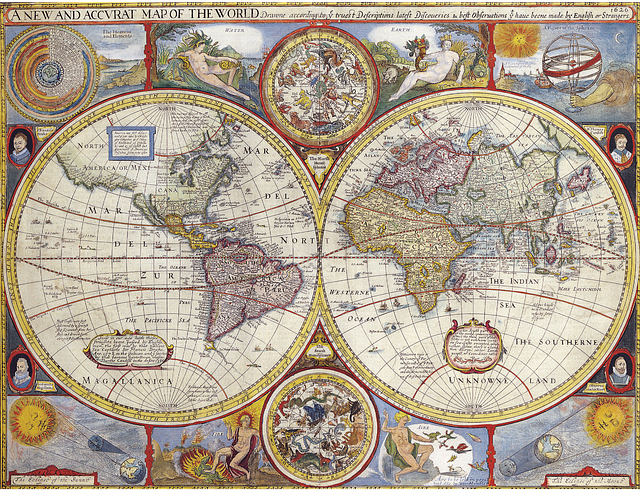They were a ragtag army, fighting with baseball bats, Molotov cocktails and plywood shields. But for Ukrainians, the protesters who faced off with riot police on Kyiv’s main square a decade ago were the first soldiers in a war still raging today.
The demonstrators were part of the Maidan uprising of 2014, when Ukrainians took to the streets to protest the decision by President Viktor F. Yanukovych to forgo closer ties to Europe and instead more closely align Ukraine with Moscow. In the uprising’s violent, final days police killed more than 100 protesters.
Their portraits now adorn a wall of honor at St. Michael’s Golden-Domed Monastery in Kyiv. They are displayed first, ahead of portraits of soldiers killed in the simmering, eight-year conflict in Ukraine’s east that served as a prelude to Russia’s full-scale invasion on Feb. 24, 2022. And a museum dedicated to the street uprising identifies those who died on the square as the first soldiers killed in the war with Russia.
This connection Ukrainians make between the 2014 rebellion and the invasion two years ago reflects the long view of war that many citizens hold: They’ve been fighting Russia for 10 years, not two.
Russia’s invasion of Ukraine came in two phases, Ukrainians point out. The first was a decade ago when Russian soldiers came over the border soon after Mr. Yanukovych was driven into exile, igniting the war in the east. It was a military intervention unacknowledged by Moscow, shrouded in a fog of ruses and denials so improbable that few were deceived. But it nonetheless served to blunt both the Ukrainian and international response.
Thank you for your patience while we verify access. If you are in Reader mode please exit and log into your Times account, or subscribe for all of The Times.
Thank you for your patience while we verify access.
Already a subscriber? Log in.
Want all of The Times? Subscribe.

